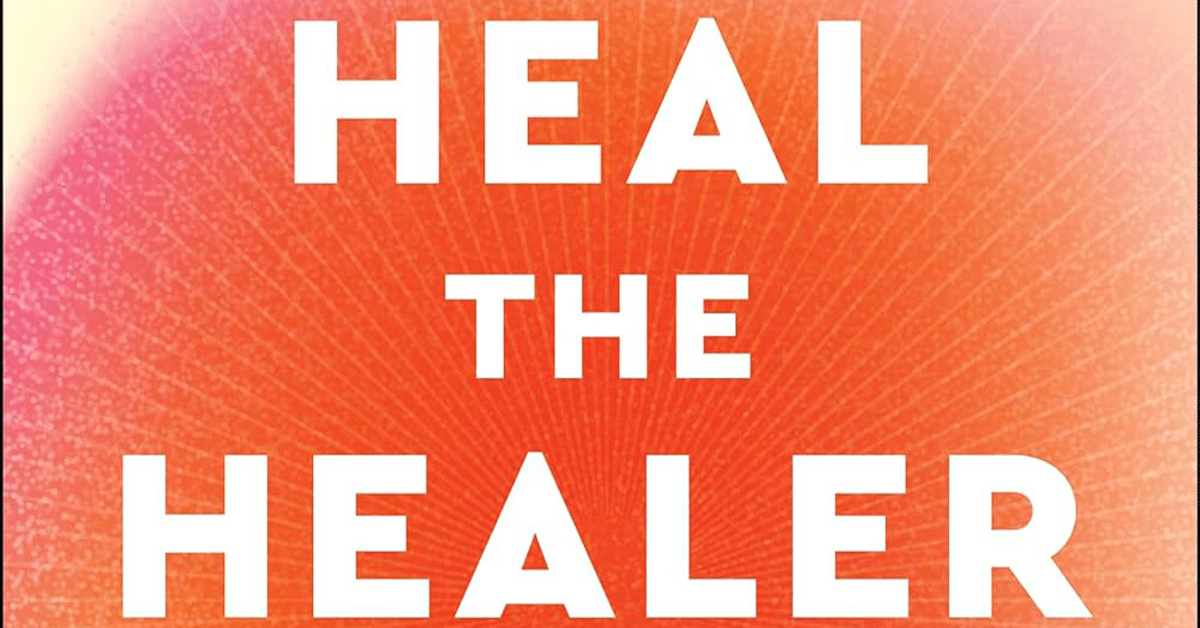As a therapist, you’ve probably talked a lot about limiting beliefs with your clients, but have you taken much time to examine your own—and how they might be affecting your well-being? What is truly in your heart and soul, and what is just noise that’s been ingrained in you? Are you able to tell the difference? Although it takes work, we can interrupt the patterns in our brains and reprogram the way we think. We can make the healing choice to release the ingrained messages that we are not good enough and replace those messages with more empowering ones.
I am going to help you rewrite the stories that no longer serve you. To begin, create a list of the top three limiting beliefs you are struggling with right now. These can be beliefs you’ve been holding on to since childhood, or they can be beliefs you are struggling with at this moment. Your limiting beliefs might be related to your career, your finances, your love life, your family, your health, or your worldview. As a tip, if you aren’t sure what a limiting belief sounds like, they commonly begin with “I don’t,” “I can’t,” “I should,” “I must,” or “I’m not.”
One healer I interviewed while writing this book, Martina, shared the following limiting beliefs with me:
- I must be completely selfless to be a good mom.
- I must devote all my spare time to caring for my sick dad to be a good daughter.
- I should have a perfectly healthy marriage because I am a couples therapist.
When Martina shared these beliefs with me, I explained to her that as long as she continued to reinforce these beliefs through her thoughts and actions, they would be true. She would end up minimizing her own needs in order to be a good mom. She wouldn’t be a good daughter unless she devoted all her spare time to her dad. And she’d continue to struggle with imposter syndrome as a couples therapist unless her marriage is perfect. Are these expectations realistic? No.
So, I asked Martina, “What if instead of reinforcing these beliefs, you try reframing them?”
“You mean like start telling myself the opposite?” Martina asked. “But wouldn’t that be like lying to myself?”
“The point is not to lie to yourself,” I explained. “Instead, you want to see if you can replace these old beliefs with beliefs that are more authentic and honest—beliefs that can guide your life in a healthier direction. For example, instead of saying, ‘I must be completely selfless to be a good mom,’ you might say, ‘I am the mom my kids need when I take good care of myself in addition to taking care of my family.’”
“I like the sound of that,” Martina said.
“Or,” I continued, “instead of saying, ‘I should have a perfectly healthy marriage because I am a couples therapist,’ you might say, ‘As a couples therapist, I am committed to showing up authentically and meeting my clients where they are.’”
Now it’s your turn. Choose one limiting belief from your top three list and use the following exercise to reframe it.
- What is your limiting belief? Write it down as a complete sentence (e.g., “I’m too old to get another degree”).
- What evidence do you have to support that this belief is true? For example, if your limiting belief is that you’re too old to get another degree, as evidence, you might write:
- The average grad student is in their twenties or thirties, and I’m fifty-two.
- I plan to retire within the next fifteen years.
- I am not good with technology.
- In what ways has your limiting belief served or protected you up until this point? Write down the ways in which your belief has kept you “safe.” For example:
- If I never enroll, I can’t make a fool of myself or fail.
- I can avoid having a difficult conversation with my spouse.
- I don’t have to worry about whether my financial investment will pay off.
- What would your life look like if you were not limited by this belief? For example:
- I would talk to my spouse tonight and enroll as soon as possible.
- I would get to pursue my passion and meet new people.
- I would be able to retire without the regret of never working in the field I have always wanted to work in.
- Finally, write down a few sentences that reframe your limiting belief in an empowering way. For example:
- I might succeed or fail, but either way, I will learn something about myself.
- It’s my turn to focus on myself and do something I’m excited about.
- My age does not make me less capable of learning.
- I have access to resources and people in my network who can support me with technology if needed.
How did that exercise feel? Did anything come up that surprised you? Exercises like this can help you break old thought patterns and try on new perspectives. Use these five prompts to challenge and reframe as many limiting beliefs as you’d like. Just remember that reframing your beliefs is only the first step in taking back your power. To reinforce your new beliefs and disempower the old ones, you’ll need to act according to your new beliefs. Then, in time, your reframed beliefs will become as automatic as your limiting beliefs used to be.
Keep Reading
Want more? Here are some other blog posts you might be interested in.








